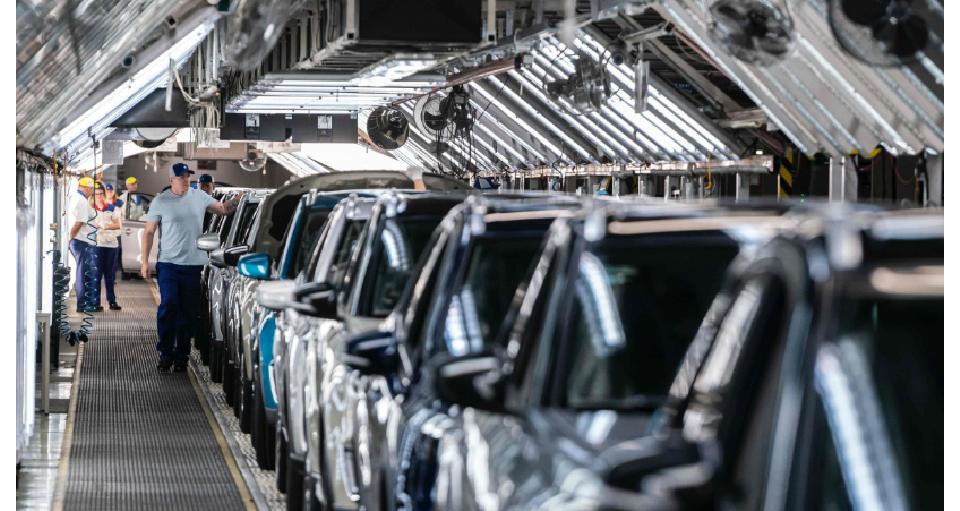Based on the 2022 data, Hungary was able to approach the EU average by nearly one and a half percentage points. Világgazdaság wrote that our intensive catch-up with the developed western member states since 2017 could continue, and although Austria is far away, reaching Spain is a reality - pointed out Gergely Suppan, senior analyst at Magyar Bankholding .
He added: "After the record growth in 2021, the Hungarian economy also produced an outstanding GDP expansion in 2022, so the GDP per capita calculated at purchasing power parity could rise from 76.1 percent two years ago to 77.5 percent, the EU countries on average, so the catch-up could continue" .
The specialist does not expect a spectacular improvement this year, as they write, but next year, further catching up may begin, the Hungarian development indicator may approach 80 percent of the EU average. According to him, the growth of our country will return to around 4-4.5 percent in 2024, and this dynamic may be maintained in 2025, thanks to, among other things, the commissioning of the BMW factory in Debrecen.
According to Gergely Suppan, there is an increasing chance of avoiding the recession this year, he expects a GDP expansion of 0.8 percent, but he can improve this later if energy prices fall permanently. Moreover, he does not consider it impossible that, contrary to analysts' expectations, the Hungarian economy will be surprised in the first quarter of this year, and the recession in the technical sense will end after half a year, reports VG.
The Hungarian GDP calculated on purchasing power parity was 2 percentage points closer to the EU average before last year, after the 74 percent in 2020, it was already 76 percent last year, which made it possible to overtake Portugal, which has been a member of the EU since 1986 . -ranking, where we are right behind Poland. Romania is behind us, but ahead of Slovakia and Croatia.
Suppan emphasized : "In the case of Hungary's catch-up, it is important to see that it started very slowly and slowly, in its first phase from 2008 to 2017 there was hardly any meaningful convergence (the EU average increased from 64 to 69 percent), but between 2017 and 2022 a decidedly more intense period followed, at which point we approached the EU average by 8 percentage points in five years.
And this pace will be needed in the future, if the government is serious about the fact that the Hungarian economy must catch up with developed Western countries by 2030. Even if we don't catch up with Austria in this decade, the current development of Slovenia, Spain or the Czech Republic seems much more attainable."
Gergely Suppan previously calculated that Hungary could reach the 85-90 percent level by 2030, and currently the mentioned member states are also staying here, the newspaper reports.
Source: Mandiner/VG
Photo: Zsolt Szigetváry












